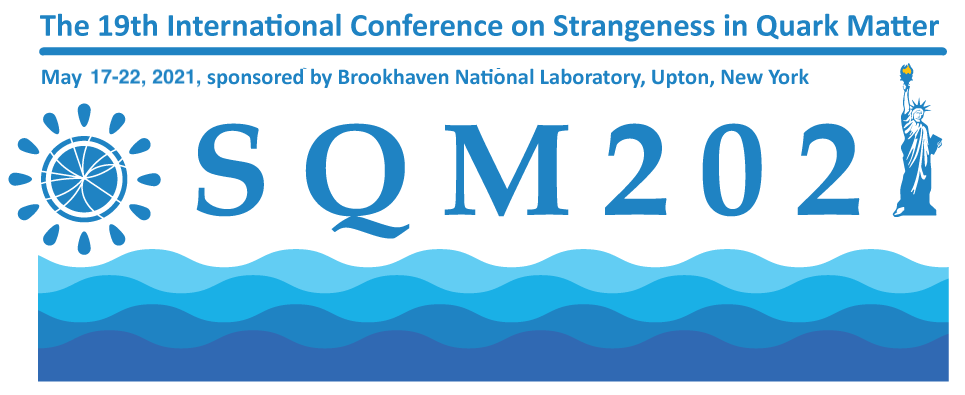Speaker
Description
We present for the first time results on final hadron production, with and without strangeness content, in Ultrarelativistic Heavy Ion Collisions at RHIC and LHC center of mass energies obtained combining a full 3+1D relativistic Boltzmann transport approach with a statistical hadronization mechanism. The non-perturbative interaction between quarks and gluons is described by means of a quasi-particle approach that permits to have an Equation of State close to lattice QCD. The resulting framework naturally includes both shear and bulk viscous effects. The 3+1D full transport evolution is converted to hadrons by mean of a realistic freeze-out hypersurface considering all known hadron resonances and by performing resonance decays. In this talk we present results on charged-hadron multiplicity, identified-particle spectra, identified-particle average transverse momentum and identified-particle elliptic flow produced at RHIC and LHC energies for different centralities. We focus on $\pi$, $K$, $p$, $\Lambda$ and $\Phi$ and their related baryon over meson ratios, from which we obtain further constrain on $\eta/s$ of QGP. In the same transport framework we study the existence of far-fromequilibrium attractor in the momenta of the distribution function. We show that the resulting far-fromequilibrium evolution is insensitive to different initial conditions: the initial momentum-space anisotropy and initial occupancy. Finally we investigate the possible existence of attractors in the anisotropic flow coefficient.
[1] G. Galesi, S. Plumari, V. Greco in preparation
